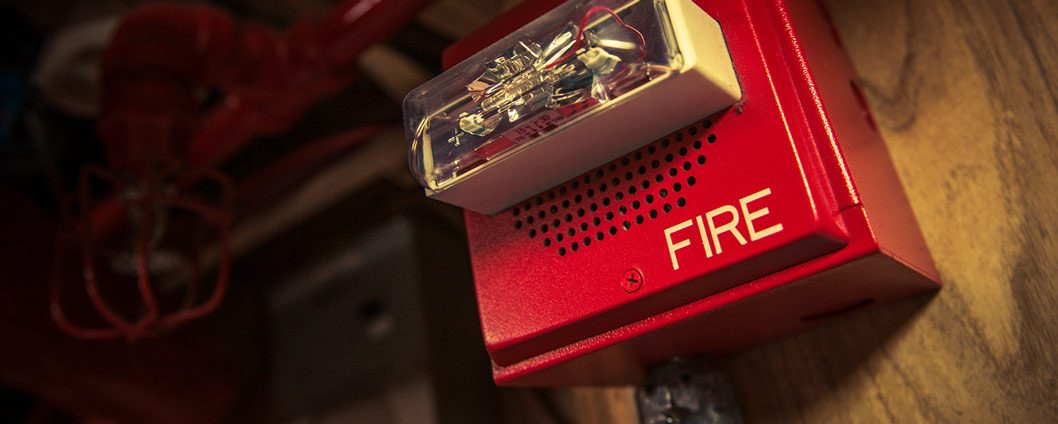Fire Safety in Healthcare Settings: A PCT’s Guide to Prevention and Response
Fire safety is paramount in healthcare settings, where patients may be vulnerable and unable to evacuate quickly. As Patient Care Technicians (PCTs), you play a crucial role in fire prevention, detection, and response. Understanding fire safety procedures and your specific responsibilities can significantly impact patient and staff safety during a fire emergency. This blog post will explore key fire safety practices and the PCT’s essential role in maintaining a fire-safe environment.
The Importance of Fire Safety in Healthcare:
Hospitals, nursing homes, and other healthcare facilities present unique fire safety challenges. Patients may have mobility limitations, cognitive impairments, or be dependent on medical equipment. Therefore, strict adherence to fire safety protocols is non-negotiable.
Understanding the Elements of Fire:
The fire triangle (or fire tetrahedron) illustrates the four elements necessary for a fire to start and sustain itself:
- Fuel: Flammable materials such as linens, paper, oxygen, and cleaning supplies.
- Oxygen: Air to support combustion.
- Heat: A source of ignition, like a spark or open flame.
- Chemical Reaction: The chain reaction that sustains the fire.
Removing any one of these elements will extinguish the fire.
Key Fire Safety Procedures:
- RACE: This acronym outlines the steps to take in a fire emergency:
- Rescue: Remove patients from immediate danger. Prioritize those closest to the fire.
- Alarm: Activate the fire alarm system.
- Contain: Close doors and windows to contain the fire and prevent its spread.
- Extinguish/Evacuate: Attempt to extinguish the fire only if it is small and you are trained to do so. If the fire is large or uncontrollable, evacuate the area following established procedures.
- PASS: This acronym describes how to use a fire extinguisher:
- Pull: Pull the pin.
- Aim: Aim the nozzle at the base of the fire.
- Squeeze: Squeeze the lever.
- Sweep: Sweep the extinguisher from side to side at the base of the fire.
- Evacuation Procedures: Be familiar with your facility’s evacuation plan, including designated escape routes, assembly points, and procedures for evacuating patients with different needs.
- Fire Drills: Participate actively in fire drills to practice emergency procedures and familiarize yourself with evacuation routes.
- Code Red: Understand the meaning of “Code Red” (or your facility’s equivalent fire emergency code) and how to respond appropriately.
The PCT’s Role in Fire Prevention:
PCTs play a vital role in preventing fires by:
- Maintaining a Clean and Clutter-Free Environment: Keep hallways, patient rooms, and storage areas free of clutter that could fuel a fire.
- Proper Storage of Flammable Materials: Ensure flammable liquids, oxygen tanks, and other hazardous materials are stored according to regulations.
- Handling Oxygen Safely: Oxygen supports combustion. Follow strict protocols for oxygen use, storage, and handling. No smoking near oxygen.
- Reporting Hazards: Report any potential fire hazards, such as frayed electrical cords, overloaded outlets, or malfunctioning equipment, to the appropriate personnel immediately.
- Enforcing No-Smoking Policies: Strictly enforce no-smoking policies within the facility.
- Preventing Overloading Electrical Outlets: Avoid overloading electrical outlets with too many devices.
- Being Aware of Potential Ignition Sources: Be mindful of potential ignition sources, such as open flames, candles, and heating devices.
The PCT’s Role in Fire Response:
In the event of a fire, PCTs should:
- Remain Calm: Stay calm and composed to effectively assist patients and staff.
- Follow RACE: Immediately follow the RACE protocol: Rescue, Alarm, Contain, Extinguish/Evacuate.
- Assist with Evacuation: Assist in evacuating patients safely and efficiently, following established procedures.
- Follow Instructions: Follow the instructions of fire wardens, supervisors, and emergency responders.
- Provide Patient Support: Reassure and comfort patients during the emergency.
- Report Observations: Report any relevant information about the fire, such as its location and size, to emergency responders.
Key Reminders for PCTs:
- Know Your Facility’s Fire Safety Plan: Be thoroughly familiar with your facility’s specific fire safety plan and procedures.
- Know the Location of Fire Extinguishers and Alarms: Be aware of the location of fire extinguishers, fire alarm pull stations, and emergency exits.
- Participate in Fire Drills: Actively participate in fire drills to practice emergency procedures and improve your response skills.
- Stay Informed: Stay up-to-date on fire safety regulations and best practices.
Fire safety is everyone’s responsibility in a healthcare setting. By being aware of fire hazards, following established procedures, and acting promptly in an emergency, PCTs play a vital role in protecting patients, staff, and the facility itself. Your vigilance and preparedness can make the difference in preventing a tragedy and ensuring a safe environment for all



